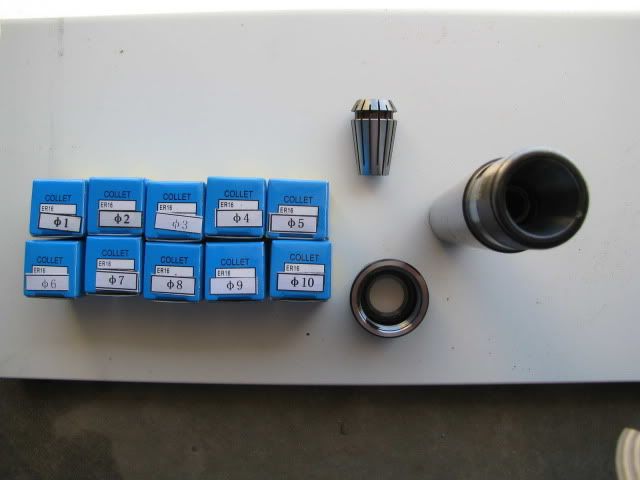Maryak
Well-Known Member
- Joined
- Sep 12, 2008
- Messages
- 4,990
- Reaction score
- 77
Hi Guys,
woohoo1
My collets and chuck from CTC Tools in Hong Kong arrived today. Nicely packed and appear to be of good quality.

The mainstream machinery houses in Oz are asking around $AU350 ??? ??? ???
CTC Tools price including shipping and insurance - $AU57.


The service was courteous and prompt with the security of a paypal payment. I will certainly be dealing with them in future, Heine Johst was most helpful.
The usual disclaimer, I have no interest in CTC Tools, just a satisfied customer.
Best Regards
Bob
woohoo1
My collets and chuck from CTC Tools in Hong Kong arrived today. Nicely packed and appear to be of good quality.

The mainstream machinery houses in Oz are asking around $AU350 ??? ??? ???
CTC Tools price including shipping and insurance - $AU57.
The service was courteous and prompt with the security of a paypal payment. I will certainly be dealing with them in future, Heine Johst was most helpful.
The usual disclaimer, I have no interest in CTC Tools, just a satisfied customer.
Best Regards
Bob




